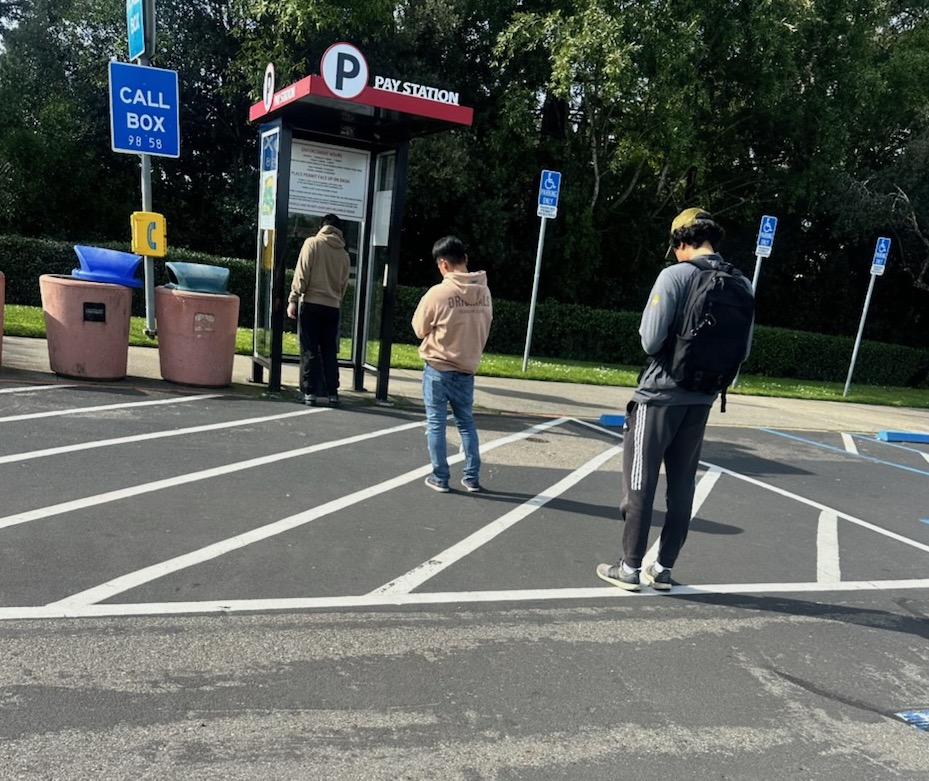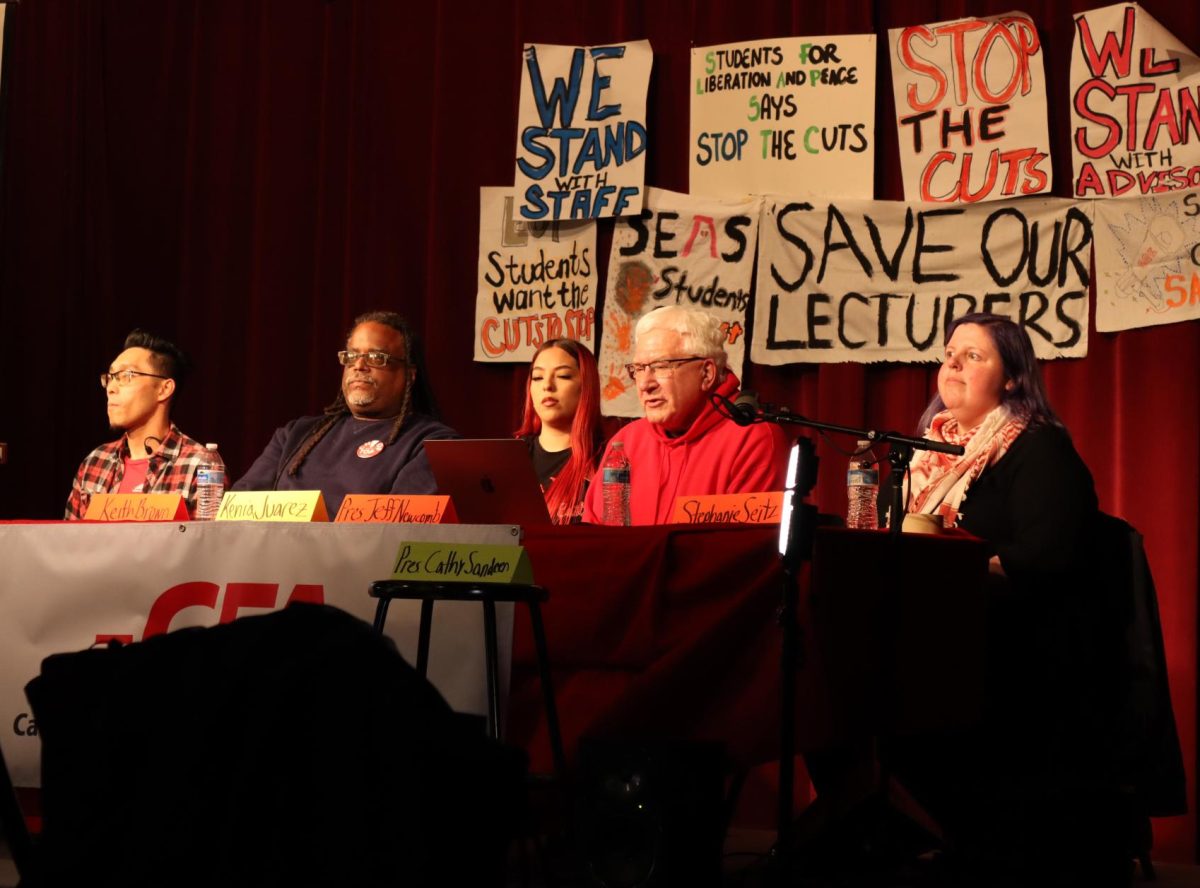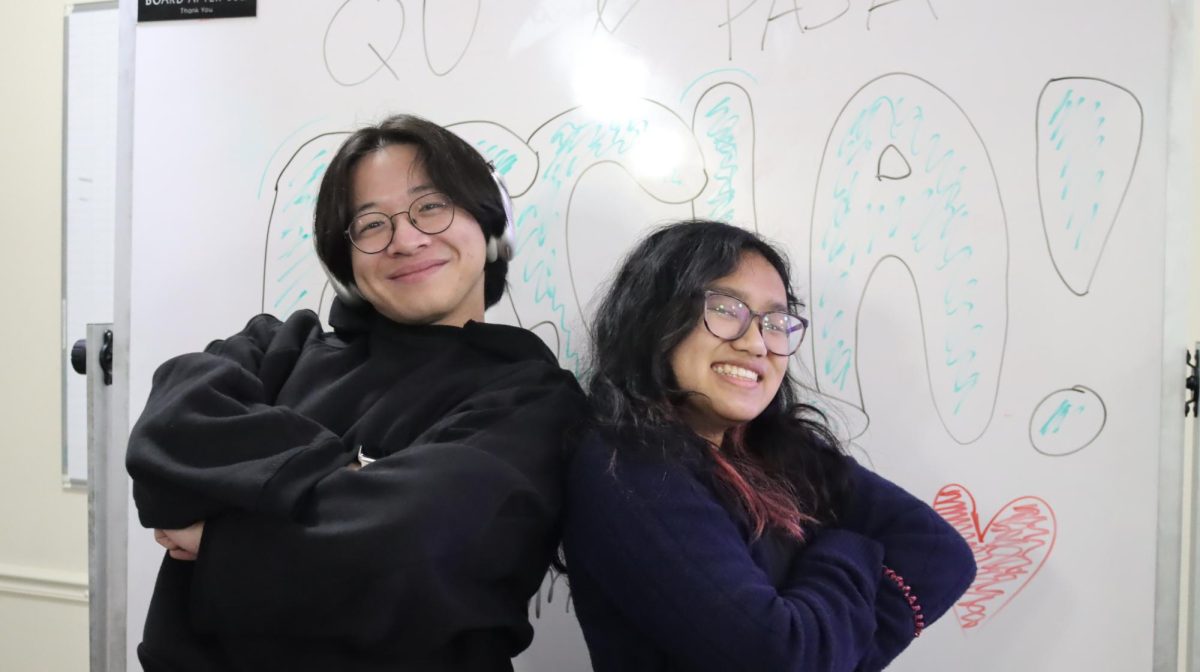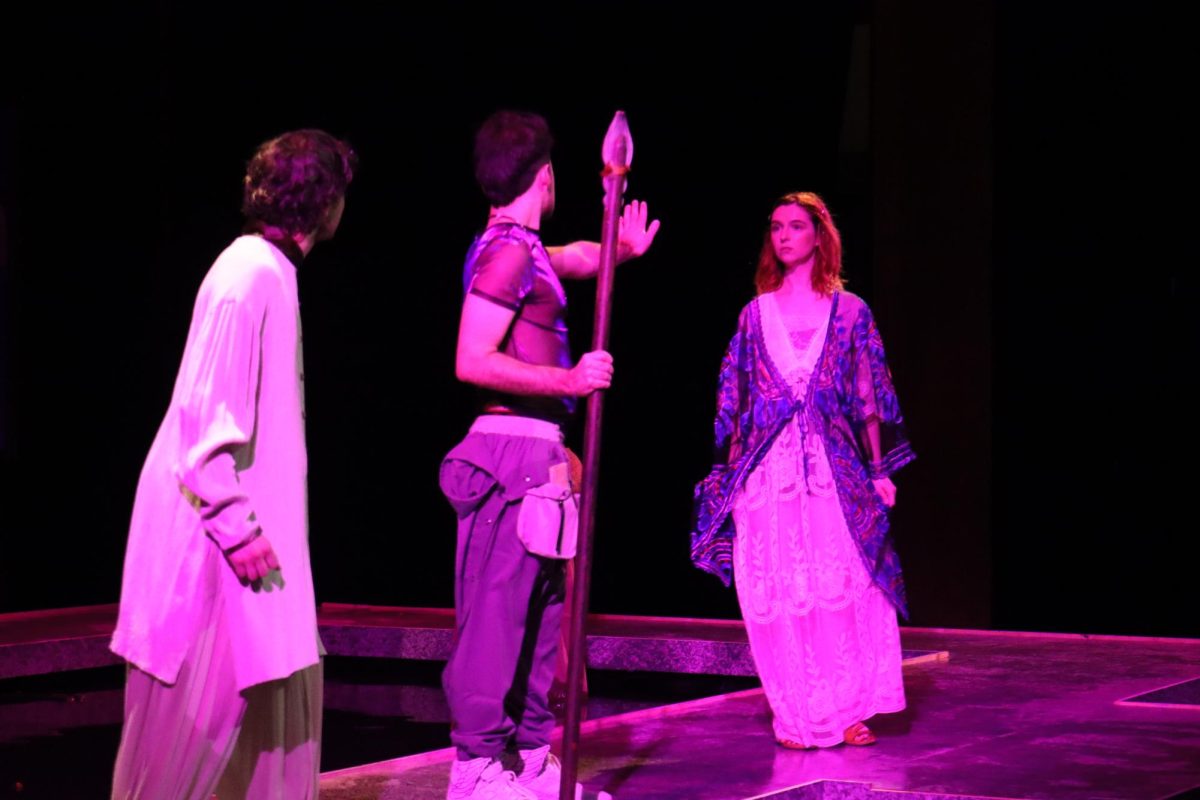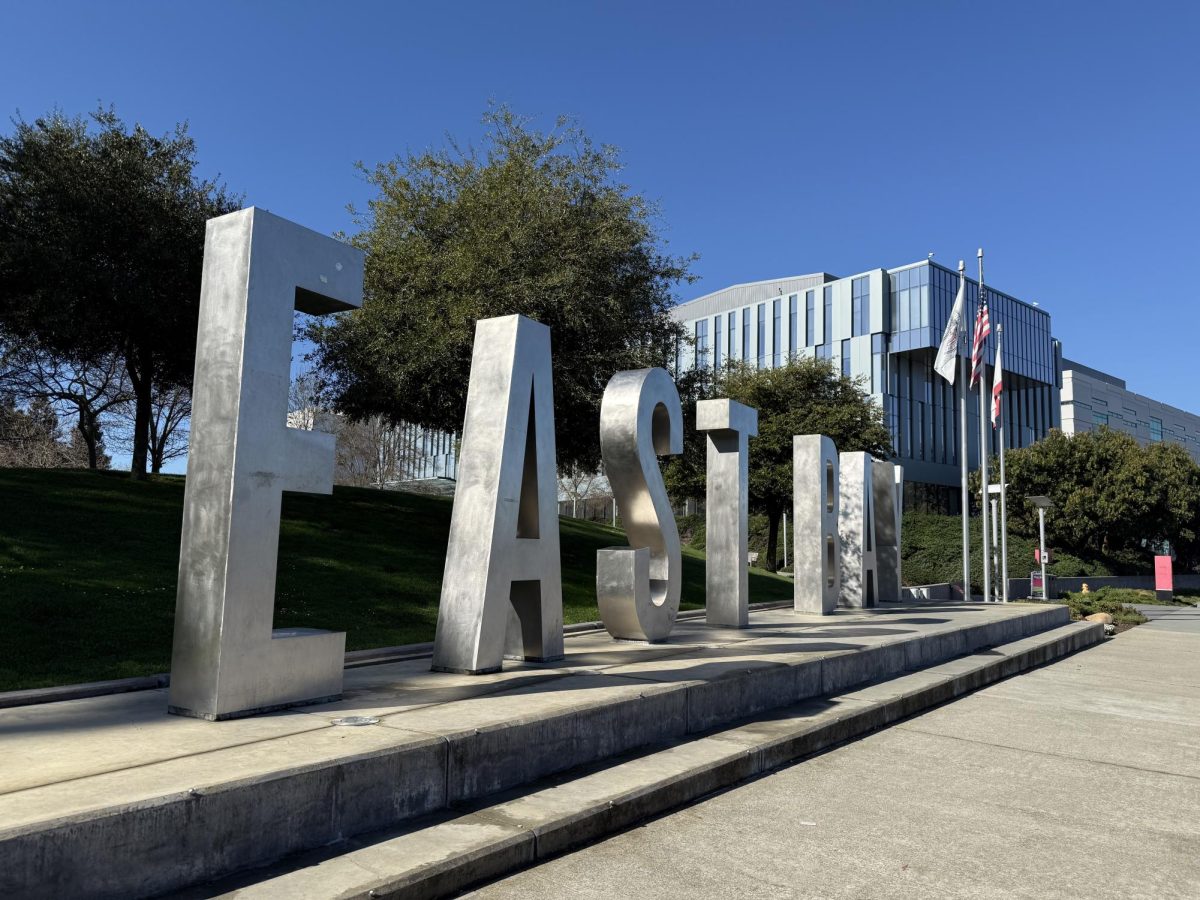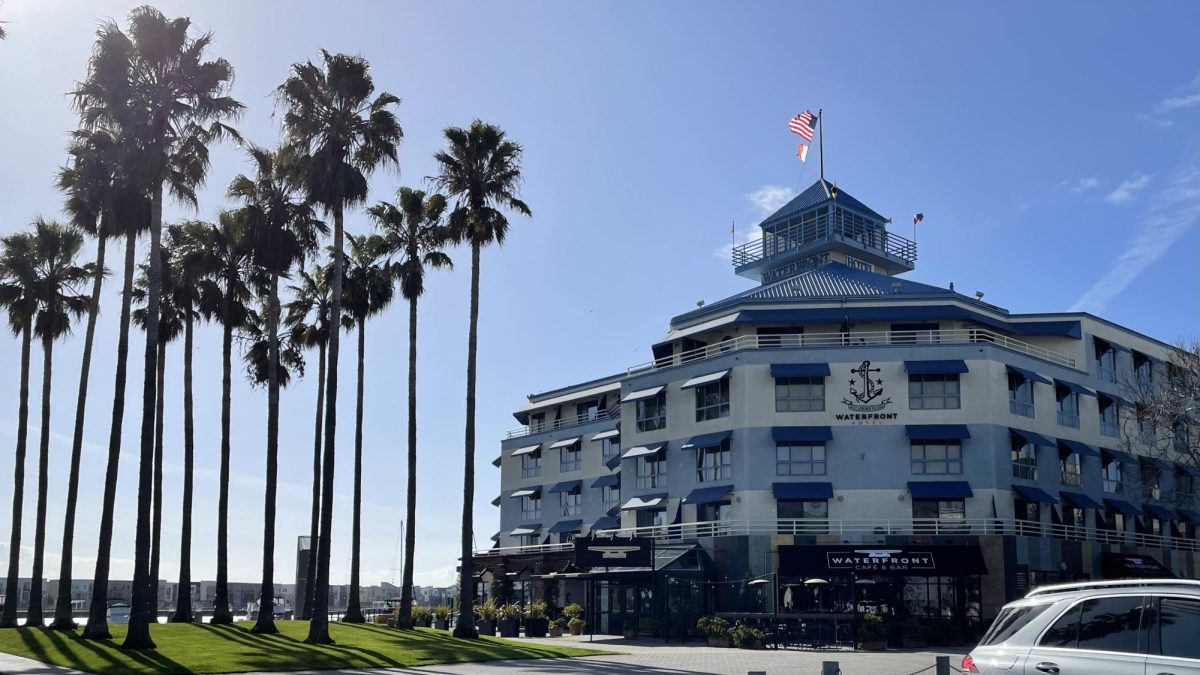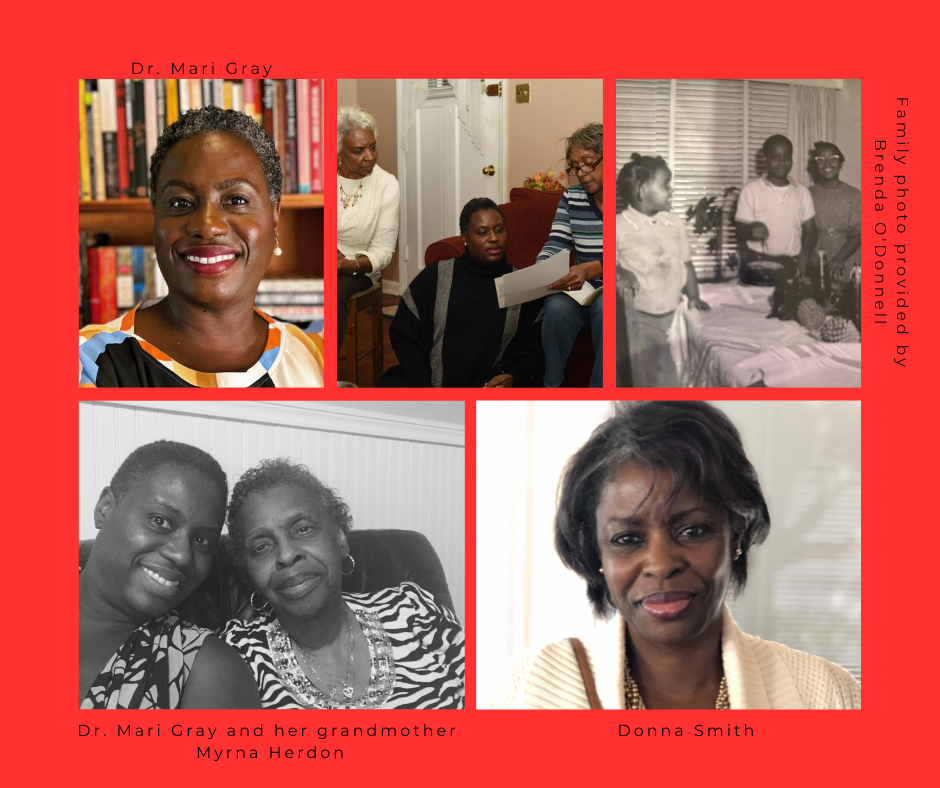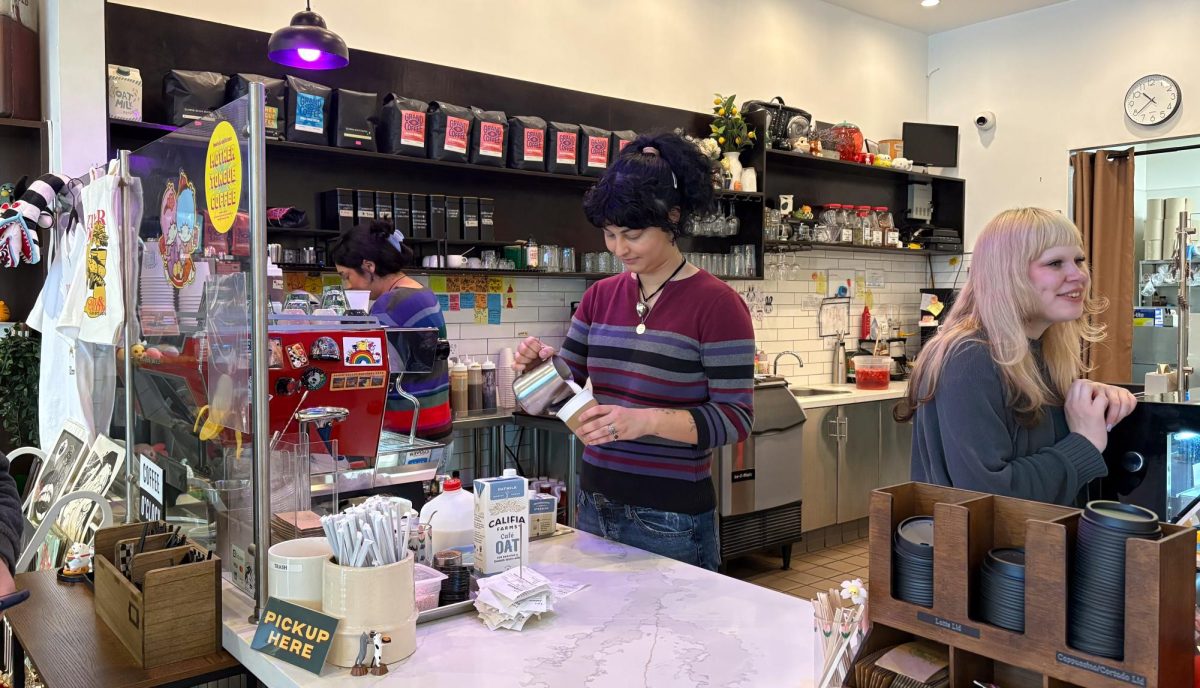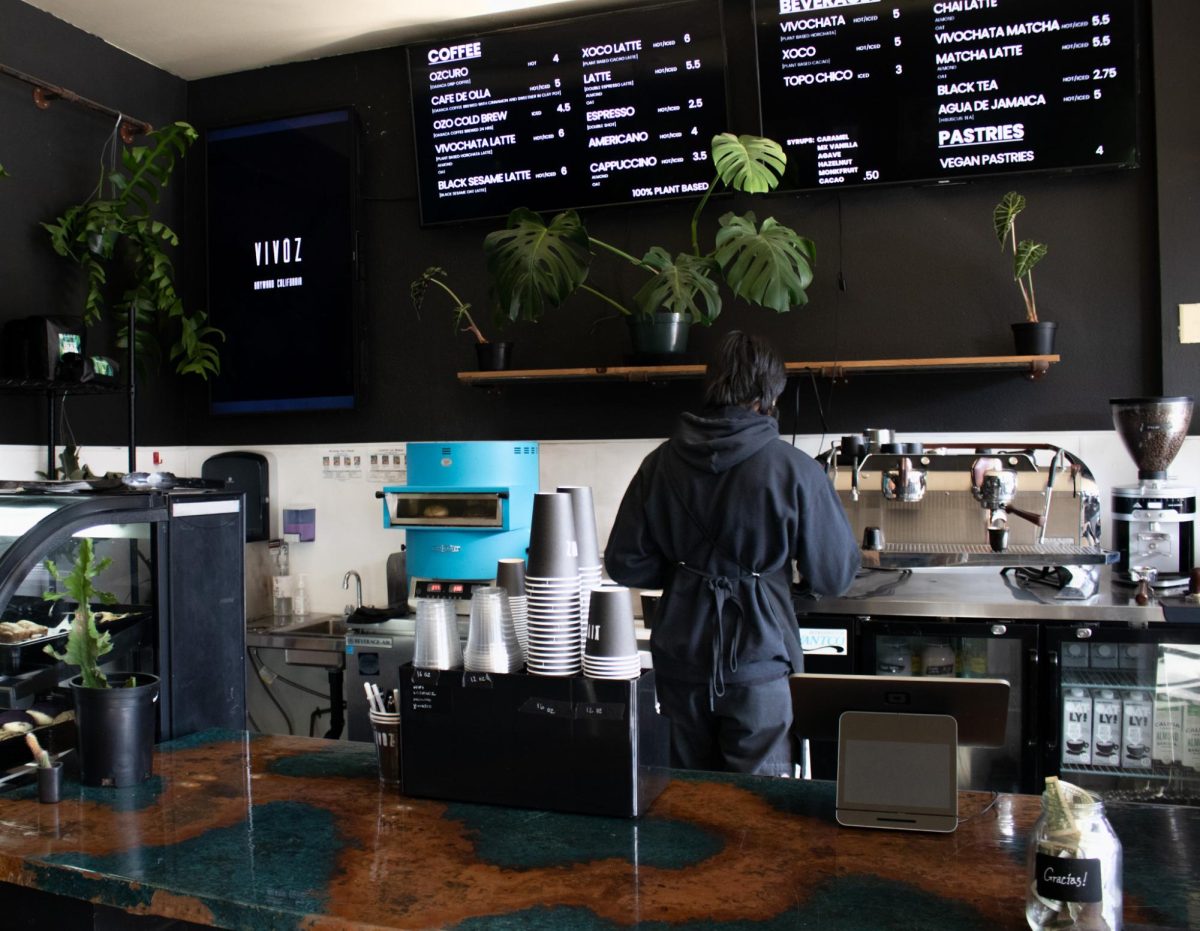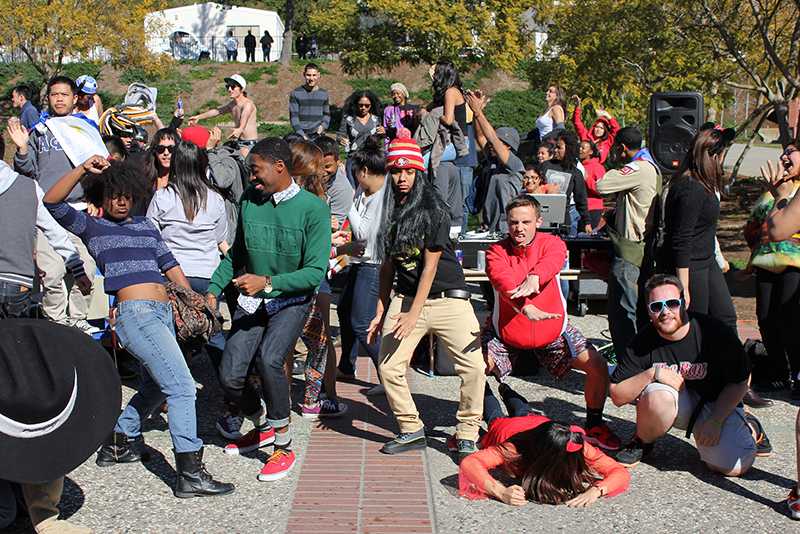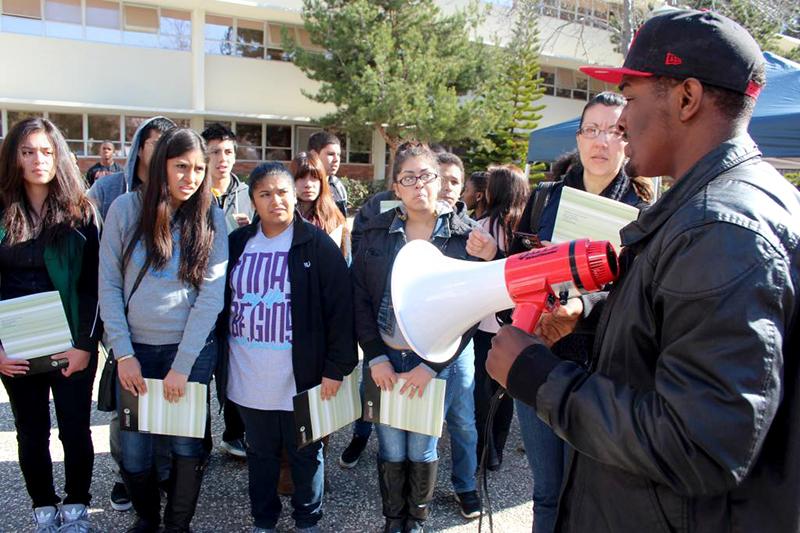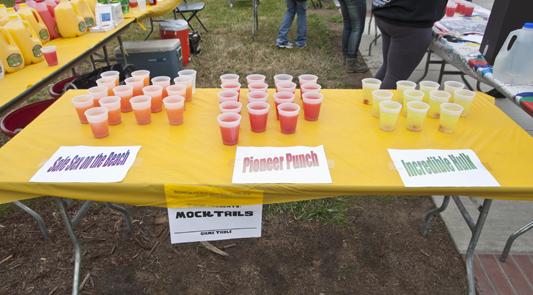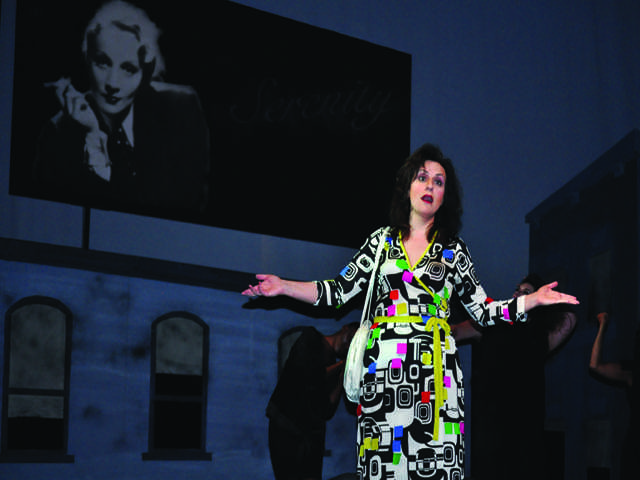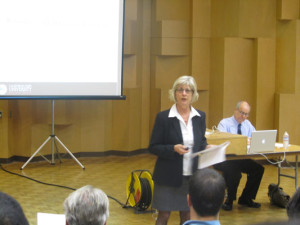
CSU East Bay President Mo Qayoumi held a series of town hall meetings so the campus community could voice concerns regarding the proposed transition to a STEM-centered university last week.
CSUEB is preparing to center the campus and curriculum around science, technology, engineering and math (STEM) majors in an effort to prepare students for an ever-changing work force.
“American economic advances have always come from innovative and creative individuals prepared in the STEM disciplines,” President Qayoumi said in his monthly newsletter this past December.
“The development of these fields, academically and professionally, drove the nation’s dominance in the 20th century.”
Because of this, CSUEB administration has been planning since last March to have a more STEM-integrated curriculum in order to better prepare students for life beyond college.
The president has met with all of the college deans, the provost and even the university librarian in order to “refine” and “move ahead confidently” with the plan to improve STEM education, according to the president’s newsletter.
As would be expected, departments outside of these majors are concerned with how this university shift will affect them.
In an effort to be sensitive to these concerns, the president arranged to have seven town hall meetings over the span of two days for different sectors of the campus community, including a specific meeting for students on Wednesday.
Each town hall meeting was mediated by a spokesperson on behalf of the president, keeping conversation going and the group on task.
Though the president was present at each meeting with a pen and a notepad, diligently listening to each comment, he did not speak at all during the meeting. He sat quietly until the meeting was over and gave a quick, “thank you for your participation” at the end.
While the meetings were not designed to “provide answers or information,” as the mediator clearly stated, members of the group were encouraged to present answers to four questions about which the administration was particularly interested in getting feedback.
In addition to the prompting questions provided by the discussion leader, the campus community was given the opportunity to provide additional concerns, questions and general comments about the switch in CSUEB’s policy.
Among the crowds, concerns about how the focus on STEM majors will hinder the development of other departments, how incoming students who may not have had an emphasis on those subjects in previous education will adjust and what CSUEB needs in order to support this movement.
As one group member adequately put it, “What is required to make this shift work? Where are we now and how do we bridge that gap?”
The most repeated concern was definitely how the shift will affect other departments’ funding and image on campus.
But not all comments were negative concerns. A good number of people in attendance offered their support of the change.
“There is research that suggests that the United States is behind when it comes to math and science,” said one participant, “so this is a step in the right direction.”
In spite of differing concerns and sometimes lengthy responses, the mediator and fellow group members alike respected and listened to all comments.
At the end of the hour-long meeting, the secretary reviewed the statements to make sure every comment was recorded and accurate.
While it was frustrating to express questions and concerns without any answers or information offered back, it was a good effort by administration to allow for every voice to be heard.
The president and mediator promised that answers to the questions posed in the town hall meetings will eventually be fully addressed.


